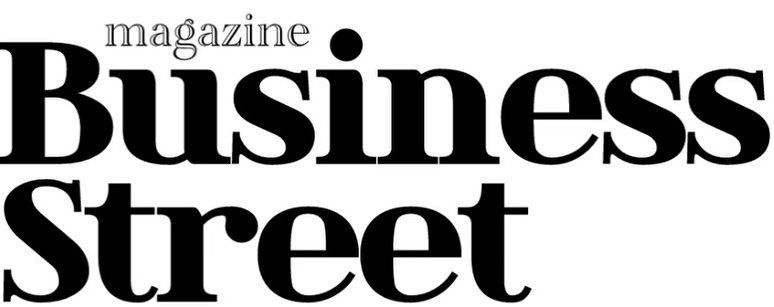Aldi and Lidl gain foothold in the US.
German discount retailers Aldi and Lidl are securing significant market shares in the United States. According to location analyses by PlacerAI, Aldi recorded a visitor increase of over seven percent in the first half of 2025, while Lidl achieved nearly five percent, as reported by Handelsblatt. In comparison, traditional US supermarkets saw only 1.8 percent growth. Aldi already operates more than 2,500 stores in the US and plans to open an additional 225 new locations in 2025 alone. Although Lidl, with nearly 200 stores, is significantly smaller, it is also expanding into key regions such as New York, Maryland, and New Jersey.
Unlike US supermarkets, which carry up to 30.000 items, Aldi and Lidl focus on a compact assortment of around 1.600 products, up to 90 percent of which are private-label brands. This strategy not only reduces costs but also allows for aggressive pricing: a box of cereal costs $1.68 at Aldi, compared to $4.48 for branded products. Additionally, streamlined processes contribute to efficiency: goods are displayed in their original cartons, customers bag their own purchases, and stores average 2.000 square meters – significantly smaller than typical large US supermarkets.
Just a few years ago, Aldi was mocked for its Spartan stores and the 25-cent coin required for shopping carts. Today, the chain is one of the fastest-growing retailers in the US. While Aldi has become a profit machine, Lidl is still struggling to find the right positioning. According to industry experts, Lidl continues to report losses in the US, while Aldi is already generating profits. In response, Lidl is repositioning itself: instead of focusing on suburbs, the chain is increasingly opening stores in urban centers to attract young, price-sensitive city dwellers.
MK
